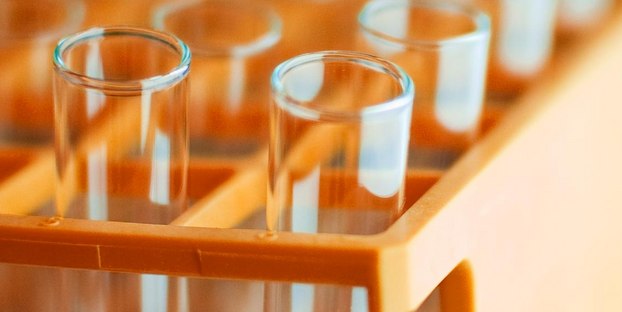|
Original Source: Craft Brewing Business (Written By Chris Crowell)
The fight for quality beer marches on. Craft Brewing Business recently reached out to a couple established craft breweries, including Texas's own Real Ale Brewing (as well as Colorado's Left Hand Brewing) to hear about the composition of their quality assurance (QA) programs. Maybe there is a task or two you’ve been overlooking in your own operation. Real Ale Brewing Located in Texas, Real Ale Brewing is in its 19th year and produces around 65,000 to 70,000 barrels (bbls) per year, with all of its distribution contained inside the state of Texas. Thomas Erwin is the brewery’s lab specialist. Here is everything he identified under Real Ale’s QA program: Hourly
When Erwin says they perform a “full micro” on all batches, he is looking for anaerobic and aerobic plate counts, sacchromyces wild yeast plate counts and non-sacchromyces wild yeast plate counts. These tests can really save the day. “We once had the booster heater for the filler go out and therefore the pasteurization of the filler was not at the correct temperature,” Erwin said. “We had already run 600 cases or more by the time we noticed it. The micro revealed a small level of anaerobic contamination so the entire run pre re-pasteurization was held and dumped.” What should you be doing? Erwin believes a small brewery should be able to handle everything in that list. The only processes that carry a real price tag are the IBU, SRM and ATP equipment. If he had to boil that list down to the musts: Package headspace air is really important. Erwin said the constant and intensive monitoring of headspace air and total package oxygen has been maybe their biggest lifesaver. Real Ale checks it with a headspace air tester, which run around $2,000 and are inexpensive to maintain and use. Micro sampling on fermenters, brite tanks and packaged product are also fairly cheap to perform, but good aseptic technique and sterile containers are a must. Sensory panels will require some work up front in terms of training, but after that they cost very little, and they can provide some extremely important data. Breweries cannot just go by taste off the line as the taste could possibly fall apart once the beer is out in the world. “Quality assurance is a brewery’s best ‘insurance policy,’” Erwin said. “A lot of QA tasks are very cheap and just require a clean space and someone with some time. Of course, a small brewery shouldn’t run out and jump into gas chromatography and total package analyzers, but they should spend enough so that they can really trust the data they get from a QA program.” CLICK HERE TO READ THE FULL CRAFT BREWING BUSINESS ARTICLE
0 Comments
Your comment will be posted after it is approved.
Leave a Reply. |
WinStar
|
|
© 2024 WinStar Insurance Group
13625 Ronald W. Reagan Blvd. Building 3, Suite 100 Cedar Park, TX 78613 |
IMPORTANT NOTE: This Web site provides only a simplified description of coverages and is not a statement of contract. Coverage may not apply in all states. For complete details of coverages, conditions, limits and losses not covered, be sure to read the policy, including all endorsements, or prospectus, if applicable. Coverage CANNOT be bound, amended, or altered by leaving a message on, or relying upon, information in this Website or through E-Mail.
Licensed & doing business in the following states only: Texas, New Mexico, & Oklahoma
Licensed & doing business in the following states only: Texas, New Mexico, & Oklahoma


 RSS Feed
RSS Feed


